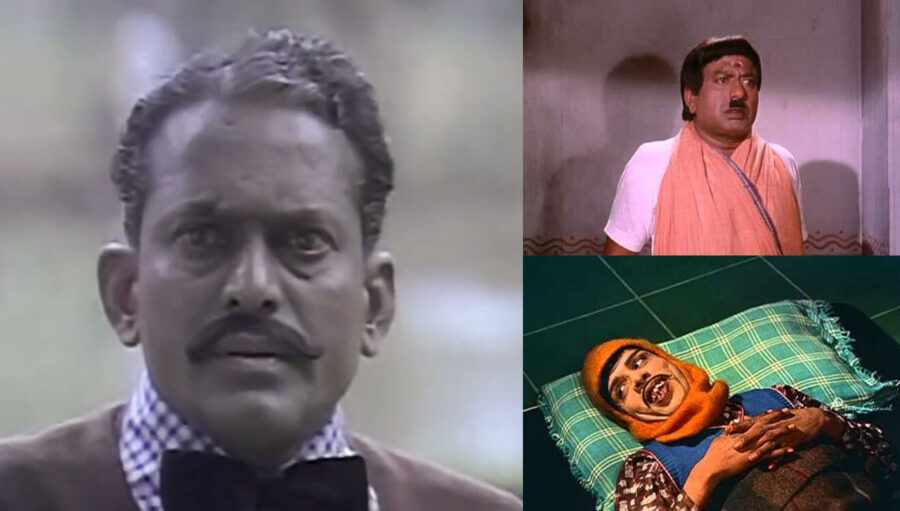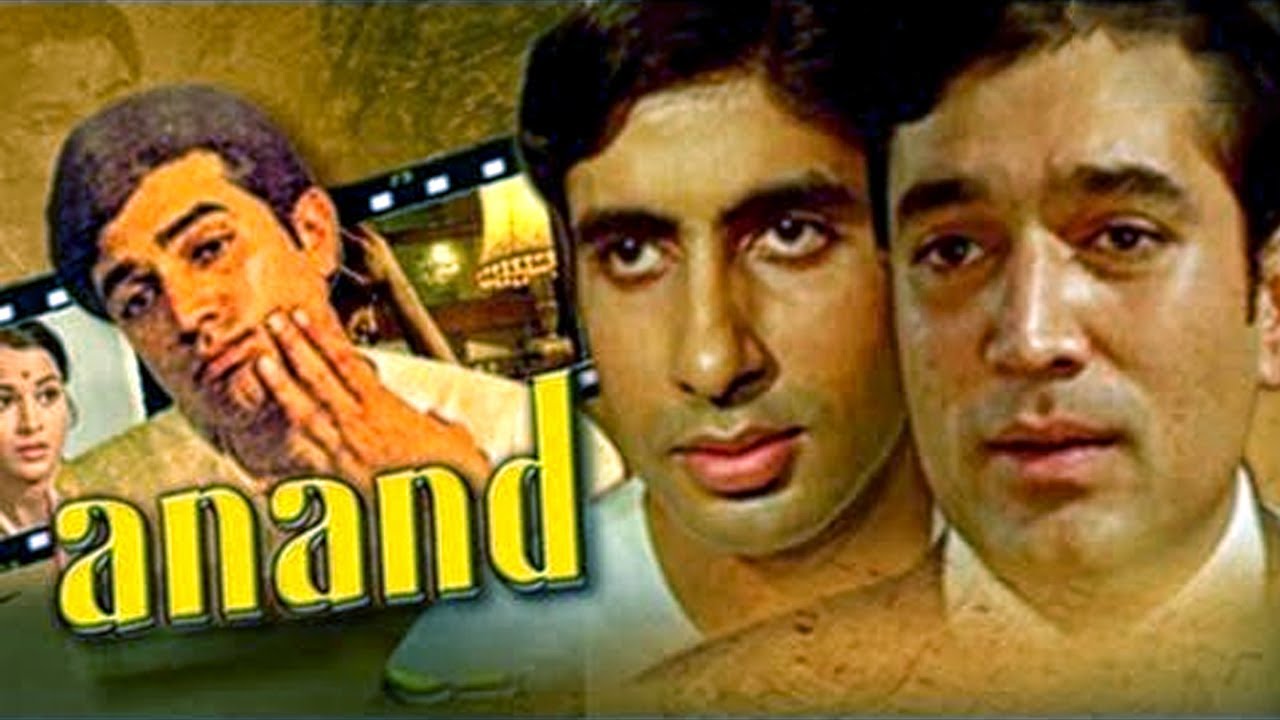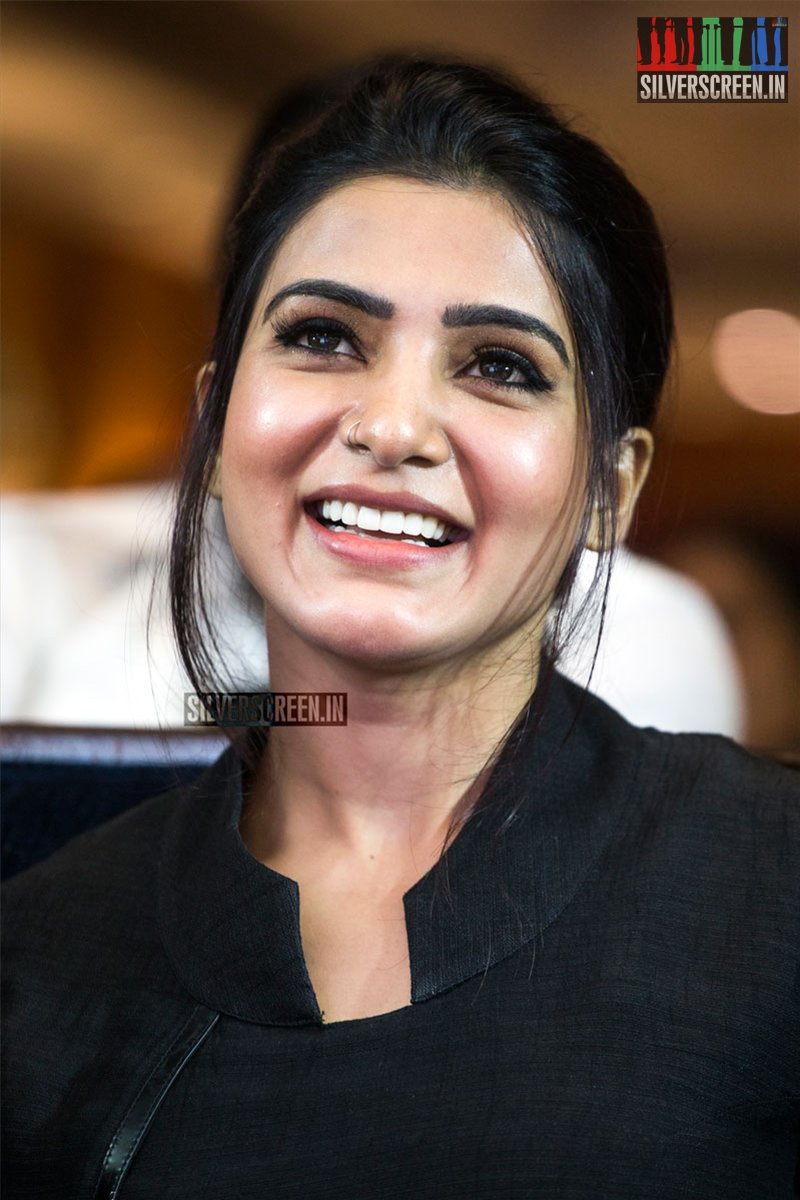A few Tamil movies feature butlers as prominent characters. What are people’s memories and thoughts of these characters? What is the connection between what people remember and what was portrayed? This essay will take a deep dive…
“We are not talking about the patnam butlers (butlers of Madras city) but the pannai parayars (parayars of farms),” Bharatiyar says. In the year 1917, at the end of a Justice Party meeting, in which TM Nair spoke, a few brahmins were assaulted. Some complained that these attacks were made by some ‘parayars’. It is while condemning this instance that Bharathiyar wrote these lines.
Here he uses two phrases – patnam butlers and parayars of the farms. He uses these phrases while making the point that the parayars of the farms are being “used” by the Justice Party (which speaks the anti-brahmin rhetoric), and in order to prevent this from happening, they (parayars) must be embraced.
Though both phrases denote people belonging to the same section of society, he says they are of two types. And refers to those working as butlers among them, in negative terms. When he shows sympathy towards pannai parayars, he excludes the butlers of patnam.
This ‘butler’ is a colonial legacy. Those who cooked mainly, but also carried out other manual labour in the homes, palaces and the offices of Europeans were called butlers. It was the marginalised who mostly worked here. Those who belonged to parayar groups in large numbers, and a few others from other castes, worked as butlers.
Denied even entry into the streets where upper castes lived, these marginalised people found the opportunity to not just enter the homes of Europeans who did not practice caste but to even cook in their kitchens. The upper castes who found many opportunities thanks to the European colonisers, wouldn’t touch beef, while the marginalised who cooked beef, among other things, worked for them.
Thanks to this livelihood opportunity, butler Dalits were better off than other Dalits. Their clothes, food, and language too were influenced by Europeans. Since they were in close proximity to the British, they were able to bring things to the British’s notice soon and benefit from it. Unlike other Dalits they were not dependent on locals and were able to lead their lives independently. This also allowed them to advocate social justice. These were not people who lived on the mercy of upper castes and didn’t give the upper castes the feeling that they were their saviours. Their connections with the powerful and their ‘new money’ status were the reasons for this. The locals resented them. That even Bharathi was not free from this sentiment is clear from this example.
Iyothee Thass was a pioneering Tamil Dalit who advocated a Buddhist identity instead of Hindu identity. His father and grandfather were butlers. His grandfather Kandappan, worked in the English household of George Harrington in Ooty. (That it was his grandfather who gave the manuscripts of Kural and Naladi to Ellis, a British civil servant is well-known now.) This connection to the butler way of life played a big role in Iyothee Thass’ own life.
There are several reasons for the negative associations our society makes about butlers. Two are most important among these. Firstly, most of them come from the oppressed sections of society. That they managed to obtain benefits from the British while working for them would have irked the locals. Secondly, the clash between their newfound wealth and this new way of life, and the local way of life. ‘This new way of living has made them show-offs,’ the others thought.
When one is freed from tradition and embraces modernity, the old order opposes modernity in this way. We can say that the society at large, made its peace with this disconformity by making fun of the ‘menaminikiththanam’ or this ‘flashy strutting’ of Dalits.
Even though these negative ideas around butlers came into existence during the time of the British, they continued even after they packed up and left. Even now, we call someone’s broken English ‘Butler English’.

Kakaye_and_Manthara
In stories, domestic workers have usually been depicted as liars, snitches, as greedy or as thieves. (In Ramayana, a worker, Kooni’s cunning is the beginning of trouble.) They have been shown as people who must be laughed at. Even in cinema, they are portrayed in poor light and Tamil cinema’s depiction of butlers has been in keeping with this ‘tradition’. In some manner or another, butlers have been shown as people who must be mocked. Recurring characteristics of butlers include references to new money, greed, wrong pronunciation (Butler English), boastfulness, etc. Films with butlers have usually been set in estates.
The British set up these estates in Ooty and Kodaikanal for their summers, where bungalows and tea estates cropped up. In the upkeep of these towns and their homes and gardens, they needed workers. It was the oppressed who mostly worked here as well.
It is from among them that butlers came to be. For a few months of the year, even official business was conducted from these estates. Butlers would come with the officers and stay here during those months. These hill stations played a big role in the political aspirations of the marginalised as well. That the political origins of both Rettamalai Srinivasan and Iyothee Thass happened in Ooty is imperative to note.
It is as a reflection of this that movies with butlers were set in hill stations. As in real life, where they performed the role of cooks, security guards, drivers and caretakers of estates during and between summers, even in movies, they were shown donning multiple hats – as cooks, servers, drivers, etc. But when it came to showcasing their characteristics, the films showed us what society caricatured butlers to be.
Let’s take three movie depictions of butlers. Anbe Vaa (1966). Vasantha Maaligai (1972). Idhayakkani (1975). All three are set in hill stations, in estates and there’s a master, servant angle. None of the three butler tracks have anything to do with the main plot of the film. They are mostly humourous roles. The humour is derived from the butlers’ clothes, their mannerisms, the way they talk, etc.
Vasantha Maligai

2
Vasantha Maligai is set in Azhagapuri, a hill estate. There are three butlers. VK Ramasamy’s character, one of them, is Pakkiri. He’s a show-off. Every time he opens his mouth, he’s blowing his own trumpet: ‘I was born in India. Brought up in England. Foreign return’. He speaks wrong English and is introduced to the palace’s heir in this manner.
The heir (Sivaji Ganesan) considers this butler’s pride and English as being in discordance with reality. ‘Un peche seri illaye’ (The way you talk is all wrong) he says. He then asks, ‘do you know what you have to do, if you want to be here?’ To which Pakkiri says, ‘must keep my mouth shut’. In this instance of butlers’ depiction, we see them as garrulous people who speak bad English and are boastful. These are considered discordant traits that have to be reigned in. All this may be considered a reflection of the society’s opinion of butlers, in the aftermath of their new moneyed status.
Along with Butler Pakkiri, there’s Panju (Nagesh) and Muthamma (Rama Prabha), two other domestic staff. Panju and Pakkiri fight over Muthamma. She’s shown as someone who can be won over with the promise of good food. They are shown as greedy, drunks, who change sides for their self-serving reasons and as those who will go along with those who do ill. These appear as elements of comedy in the film.
We must also speak about Sethupathi IPS (1994) here. In this film, the hero is an IPS officer, his grandfather a retired army man and his sister, a judge. So this family’s lifestyle is like the white families of the colonial era. There are three cooks in this house, two men and one woman. The three of them are the film’s comic relief. We can see reflections of the three butler characters from Vasantha Maaligai in this movie. Supplying liquor to the boss without the household knowing about it, greed, blowing their own trumpet, these are all things they do. This points to the fact that the way to make fun of butlers almost also acquired a formula in Tamil cinema.
Idhayakkani
In Idhayakkani there’s a character who works in the estate owner’s (MGR) home. As usual, he’s a humourous show-off. His nickname is Isari (played by Isari Velan). Because he doesn’t pronounce English words the right way, and because he mixes it with Tamil, he’s called this. Does not do the work assigned to him at the right time; takes credit for others’ work as his.
Anbe Vaa
Anbe Vaa is the pinnacle of this kind of representation. A Tamil man has a European styled bungalow in Shimla. Since the owner lives in TN, an old man named Krishnayya is taking care of the house. His aged wife, young daughter, and brother-in-law Ramayya stay with him.
In the first scene, a family descends on the bungalow. The heroine played by Saroja Devi asks him to help her ‘Mummy’ get down from the car. Krishnayya does not understand English and thinks it’s Ammi (grindstone). When the owner isn’t around, the butler’s family acts like the owners and makes money behind his back by renting out his home. These people and their actions make up the comedy portions of Anbe Vaa.
Darling Darling Darling
Though butlers made small appearances here and there in Tamil cinema, K Bhagyaraj’s Darling Darling Darling (1982) was the first time, a full-length film was set in this backdrop.
Ramayya’s scenes and story from Anbe Vaa turned into a full-length film here. However, this is not a butler story or an estate story. On the contrary, this is a love story. It has the butlers and other workers of the class as its characters. No other film takes such a deep dive into this world. In Tamil cinema, in particular, this is the first time, the son of a butler-like worker, is a hero.
A rich man with a bungalow in Ooty lives abroad with his daughter. They come once in six months for a few days and go back. So Singaram, a worker, stays there permanently and takes care of the bungalow. He’s the watchman; he’s the cook. He has a son and a daughter. Daughter earns a small income taking tourists on horse rides. Son Raja drives the car when the owner is around. He’s the hero of the film.
The owner’s daughter, Radha (Poornima Bhagyaraj), studies in the same school as Raja in their childhood. Raja likes her as a kid and thinks that if she were to come back, she’d still be as affectionate. She grows up and does return to the bungalow to stay there. However, she thinks what happened in childhood is childish and doesn’t show any special interest in him. She is herself around him.
This conflict makes the story interesting. And sets the stage for later scenes where she understands his innocent love. In the end, she concludes that Raja is more loving than her rich suitor. There’s no villain here. Both her own rich father and the suitor’s father decide that Raja’s love is purer and pave way for the relationship.
There is no denying that this story showed those who’d been ridiculed until then in Tamil cinema in new respectful light. This draws from the broad understanding of modern politics that standing up for the welfare of the workers, the poor, as opposed to that of the rich is the just thing to do. If they’re poor, they’re likely to be good people, is the belief here.
It is also true that instead of challenging commonly held beliefs about butlers, this film also portrays them in the manner they’ve been done before, throughout the course of the movie, and then in the end shows them in good light. The bungalow watchman (the hero’s father) is a show-off here too. Since the homeowner isn’t around, he wears his master’s clothes, shoes, even uses his smoking pipe and walks around as if he’s the owner. He too speaks wrong English. He’s greedy. When he realises that his son is in love with his employer’s daughter, he thinks that this is the easy way to come up in life. His son and his daughter, also speak butler English.
Actors who’re known only for their comedic roles play the butler roles in these movies usually. Here, Kallapetti Singaram acts as the butler. Movies like Jallikattu and Sethupathi IPS also have comedians playing butlers (Janagaraj and Goundamani). Even the hero Bhagyaraj’s character too, in the name of innocence, does only humorous things. This movie played a huge role in bringing Bhagayaraj that trademark innocent image. The butler background seems to have been picked for this reason. The hero’s tomfoolery is passed off as his innocent love, and the story suggests that the heroine is the foolish one to have not understood this.
Recommended
For the audience to feel sympathy for the hero, the rich suitor is shown as a man of vices. By having the hero polish this man’s shoes and clean up his vomit, the screenplay makes the heroine feel sympathy towards him. In Darling Darling Darling the story and life of a butler serves as a mere backdrop for a love story, but never goes further.
This does not mean that all these movies have been made with the explicit motive of portraying butlers in a negative manner. Those who made these films may have not even known butlers’ caste backdrop and written the roles in this manner. They aren’t written as villains either. In some films, they are shown as people with self-respect as well; those who do not embrace the wrong path despite the opportunities.
However, one cannot entirely dismiss the caste angle to the portrayals of butlers in our cinema. In these movies that mock them, the caste system’s discrimination wears a different cloak and appears in a different form to show some people as higher and others as low. Caste does not operate only when it’s well-planned or in a direct manner. Caste has become a part of our life and so it can become apparent without someone even noticing that he’s being casteist. The historical reasons for the identity of a butler becoming a demeaning thing may have been forgotten over time and it may instead be considered a thing to be ridiculed or something humorous. That this ridicule was born from a caste-gaze and continues to stay like that is what we must pay attention to.
Stalin Rajangam is a Tamil scholar writing on Dalit history. He has written several books on politics, cinema and, literature. The article has been translated by Krupa Ge from an essay titled Butlergalai Parikasitha Cinemakkal



